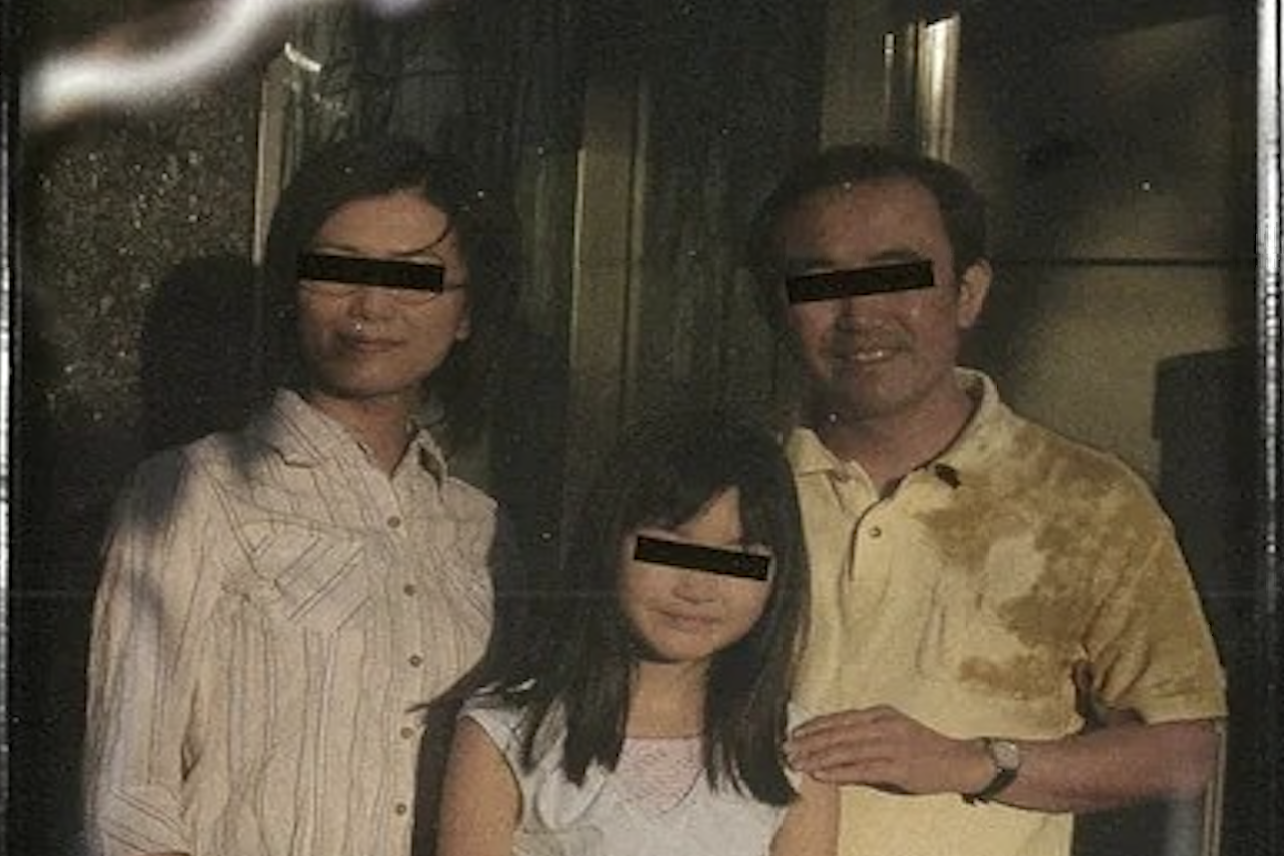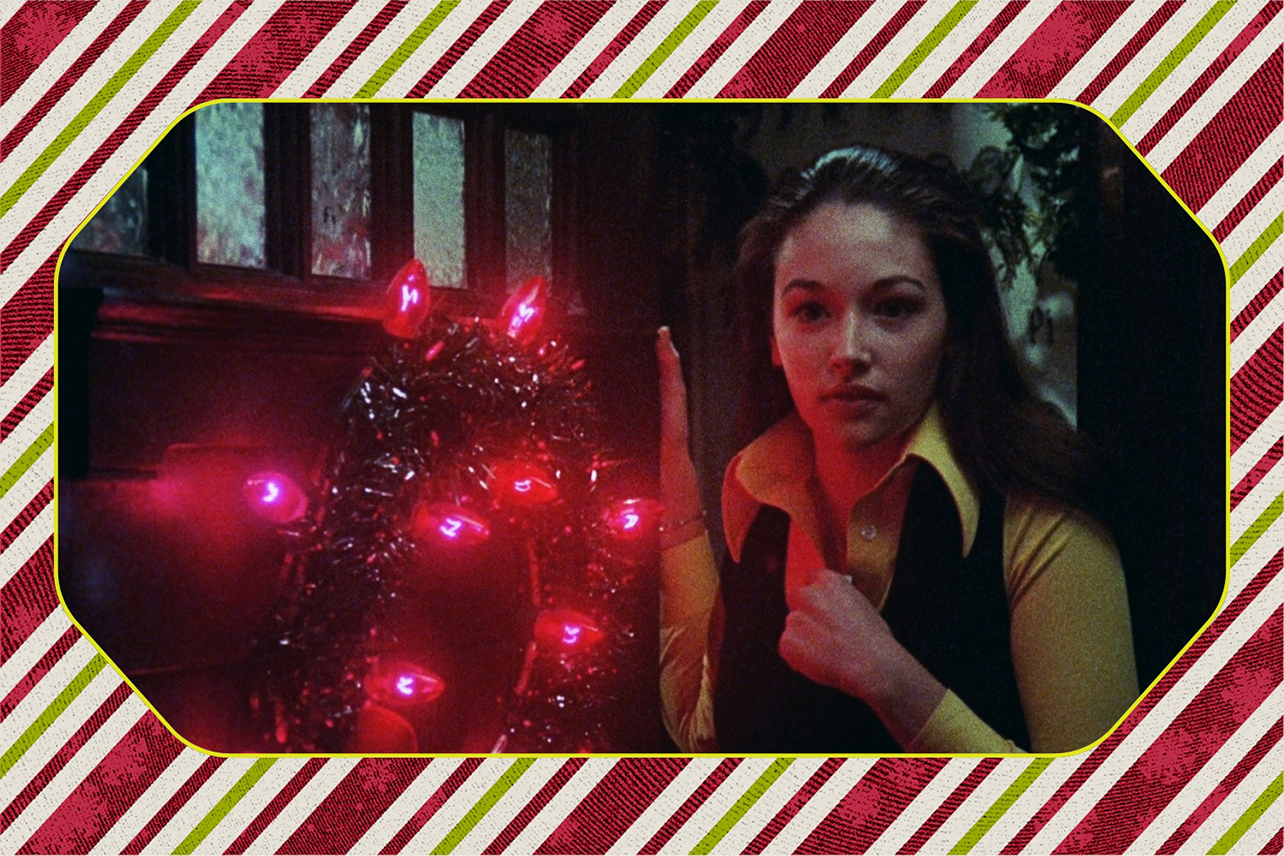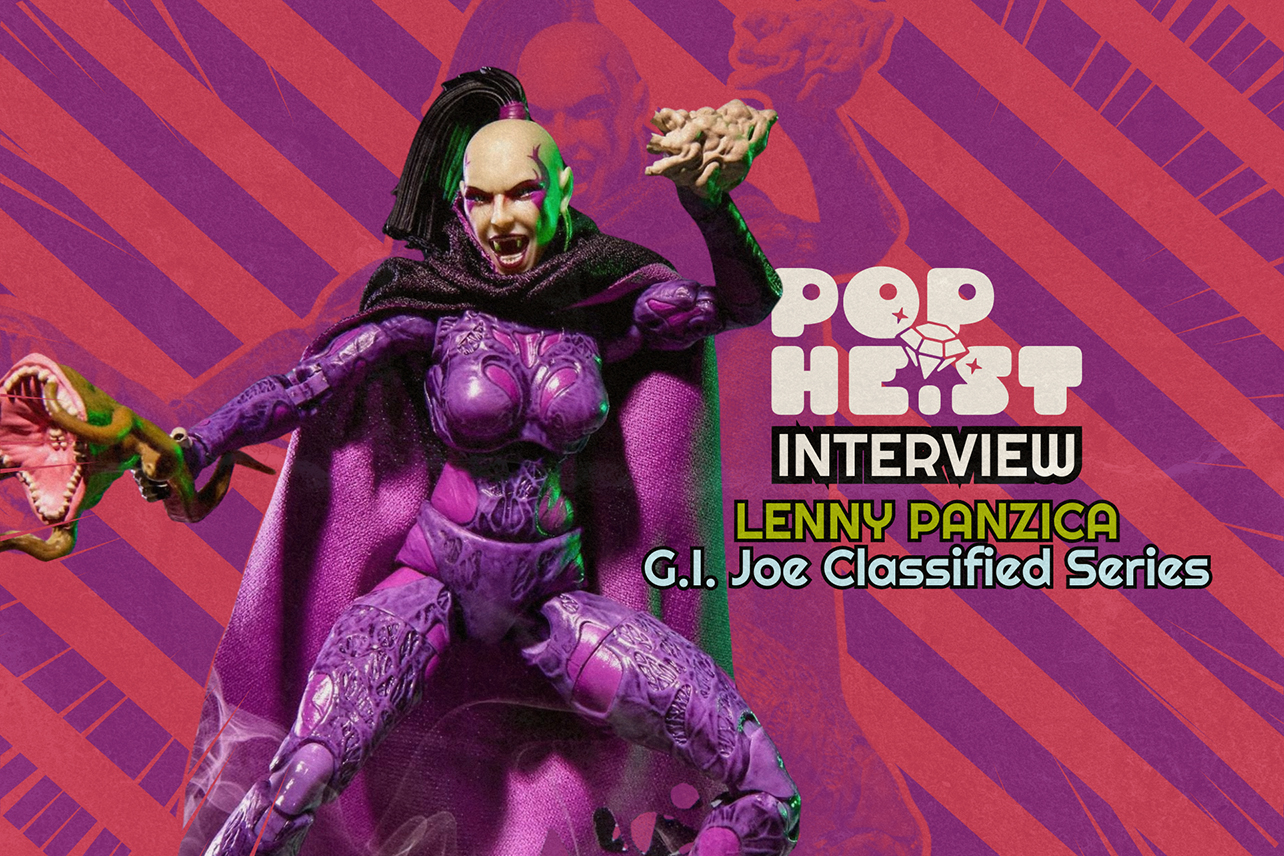One of the tough decisions you have to make as an article writer for an independently owned pop culture news-and-reviews site is just when to gush about your favorite stuff. Do I just throw it out there whenever? Do I wait for something like an anniversary? A birth? God forbid, a death?
And sometimes it's made easy for you. For instance, my favorite horror film Noroi: The Curse is finally getting a worldwide blu-ray release, 20 years after it was first screened in Japan. The timing is perfect for me to get you on board with the neatest, most unique horror film that's been totally under the radar for way too long. If a baby was born when they started filming Noroi: The Curse, that baby can now legally drink in the United States.
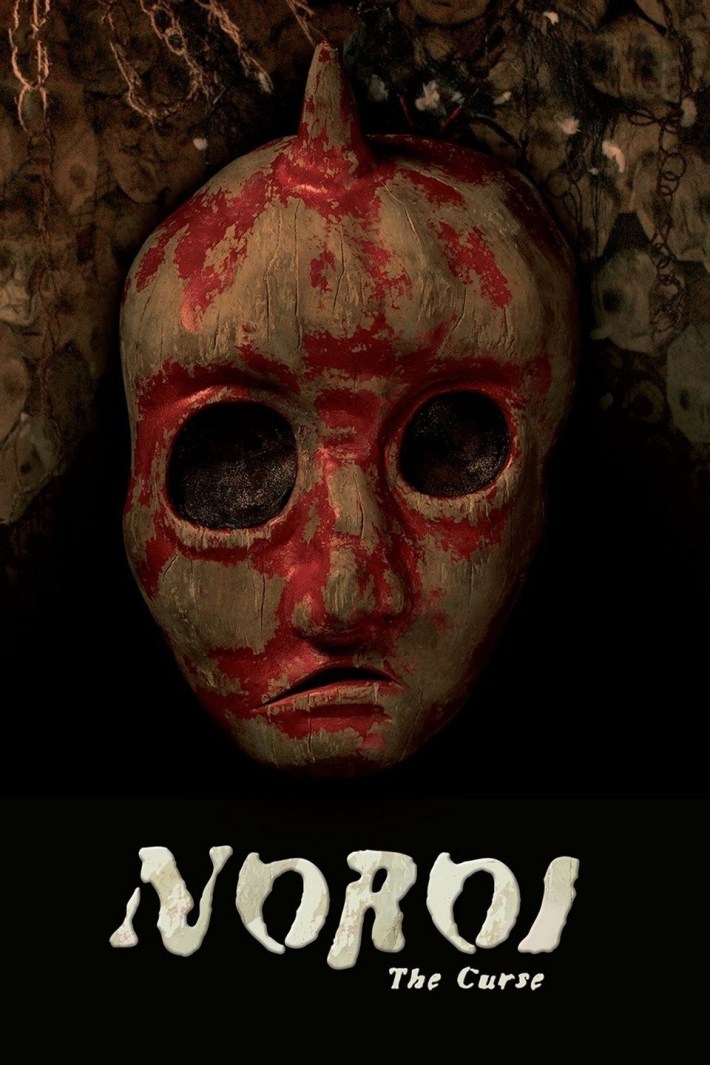
Noroi: The Curse is a thoroughly unique Japanese horror, or "J-horror" film. It brings together demons, folk horror, found footage horror, possession, aliens, psychics, ghosts, weird horror, body horror, and cults all in an all-too-short 115 minutes. I discovered it while sitting in a folk horror Facebook group and getting recommendations for an upcoming horror movie marathon. The name popped up a few times and I figured I'd give it a shot. Changed my life, it did.
(I left the group soon after when 90% of the posts became people posting, say, Sesame Street: Follow That Bird and asking, "Is this folk horror?" or posting Anchorman and asking, "Is this folk horror?" Buncha bullshit trolls.)
It's not the easiest movie to describe, because of the way it's told. Like a lot of director Koji Shiraishi's work, it's presented in a "found footage" or "fake documentary" style. TV documentarian Masafumi Kobayashi (Jin Muraki, who I recently saw in Nightmare Detective) begins investigating odd happenings that are surrounding pretty young actress Marika Matsumoto, playing a fictionalized version of herself. While on a shoot she has a breakdown and weird, deformed spirits (straight out of Ringu's creepy video) are spotted in the footage. Recordings at her home show sleepwalking, unconscious crafting of rope nooses, and disembodied voices chanting the demonic name "Kagutaba".
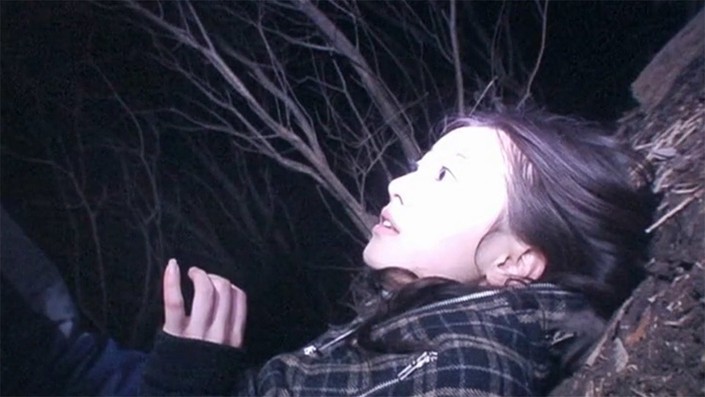
As part of this investigation Kobayashi encounters a young psychic named Kana Yano (Rio Kanna, who got her horror start in 2002's Dark Water) who's haunted by Kagutaba, and a paranoid psychic named Mitsuo Hori (Ju-On 2's Satoru Jitsunashi) who's plagued by visions of Kagutaba (and also space worms). He travels through Japan uncovering more and more clues, more and more coincidences, and more and more demonic activity. It leads him to a submerged city where rituals were held to keep Kagutaba at bay (there's that folk horror aspect), and the fallout from a ritual that went bad.
The documentary style is a brilliant way to tell a horror story. Shiraishi has used the technique many times since, to great (2009's Occult, 2013's Cult, and the incredible 10-part film series Senritsu Kaiki File Kowasugi!) and limited effect (2022's Welcome to the Occult Forest is hampered by cheap CGI, but still a neat watch). We only see what footage has been captured by the documentary crew, or footage that was seemingly pulled from other Japanese reality TV programs, starring actual Japanese celebrities to add a layer of "is this real?" to the whole thing.
The audience is required to fill in gaps in the story with their own explanations. Sometimes when footage isn't available of a certain event, it's alluded to with a title card, like, "Shortly after this video was recorded, this person vanished." It's a horror story told not as a narrative but as a mystery that's being uncovered with every piece of footage discovered or shot, while also profoundly affecting all the characters in the present day. We watch in horror as it unfolds, pulling more and more people into its destructive web.
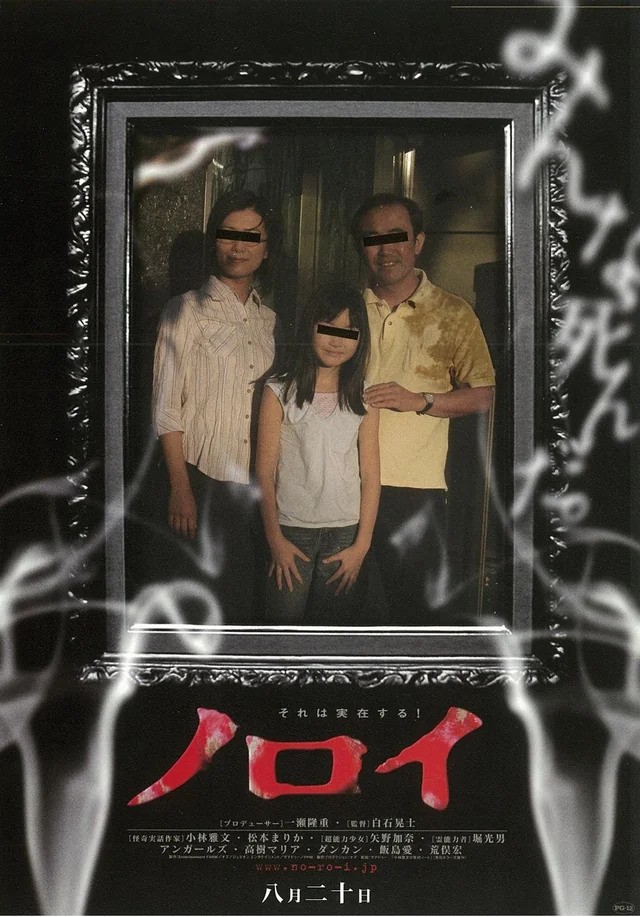
Even flashbacks are told in archival footage, like a newly discovered film canister containing an archive recording of the last Kagutaba ritual from 1978.
And it's scary! It's unsettling! Split-second inserts of creepy footage, deformed faces hidden in the sides of the shots, unexplained mass suicides, disappearances, suspicious "accidents", voices hidden in the soundtrack, it's a lot but it all tells a seriously disturbing story. And with the whole film told in this documentary style, it feels like all the special effects were done in camera, nothing looks fake or too "Hollywood". (There are dead animals and suicides shown on camera, so be warned if that's something you dislike.)
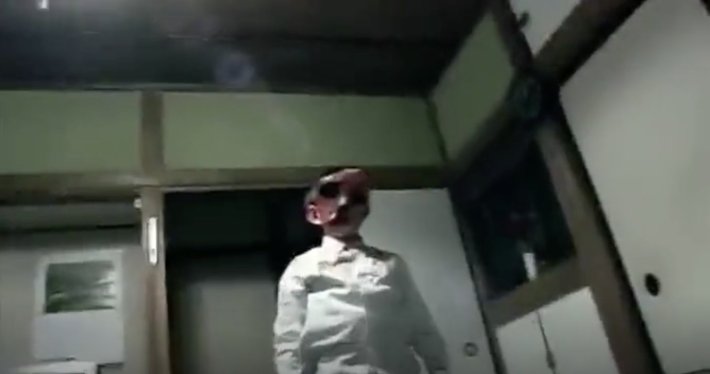
Shiraishi finished Noroi: The Curse in 2005, but as the global J-horror boom that had crested with films like 1998's Ringu or 2002's Ju-On the Grudge was winding down, it got lost to a lackluster distribution system that kept it out of the western markets. He continued to build on his trademark documentary style, with much success, but Noroi: The Curse remained unseen until Shudder Canada brought it to its streaming service in 2017. AppleTV picked it up as well, which is where I finally saw it.
Word of mouth is responsible for the new eyes on this amazing, unique film, leading to its first blu-ray release as a featured part of Arrow Video's J-Horror Rising box set (Shiraishi's 2007 film Carved: The Slit-Mouthed Woman was also in the seven-film set). The catch though was that while J-Horror Rising was a supremely overdue tribute to the genre, it was also released in limited batches. And at $70-$100 a box, it was out of the price range for many of those who wanted to take a dip in Shiraishi's pool.
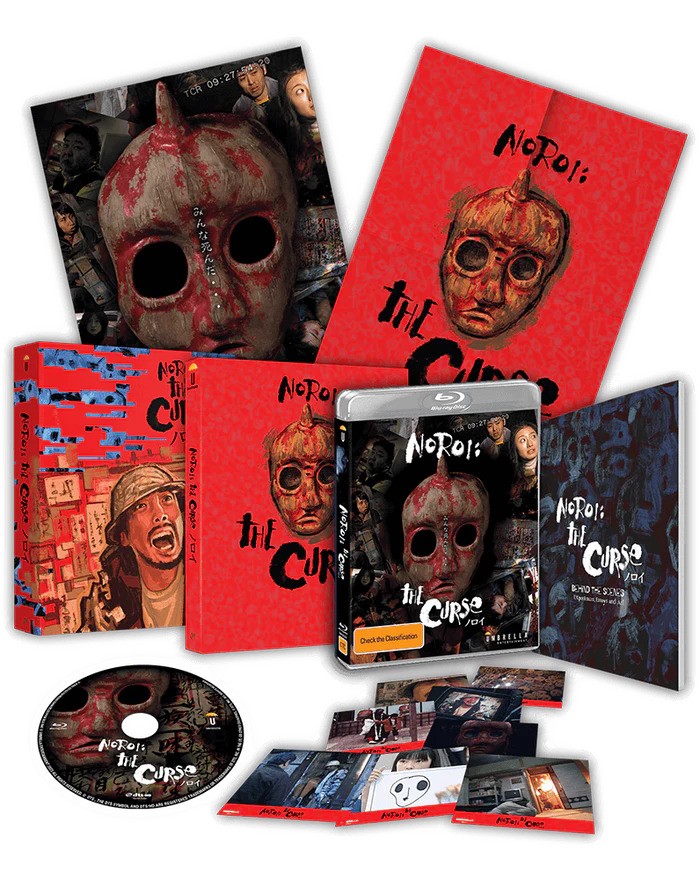
Australian distributor Umbrella Entertainment has come to the rescue with both a standard and deluxe stand-alone blu-ray. The standard blu-ray is selling on their site for $30, while the $55 deluxe edition comes with a 48-page booklet, art cards, a reversible poster, and unique box art. You can guess which one I've ordered.
I highly recommend that you track down Noroi: The Curse, either as an evening's streaming fare or as the full blu-ray package with commentary and featurette additions. It seriously turned my head around on Japanese horror, and is a damn fine horror film to give you the spooks.
